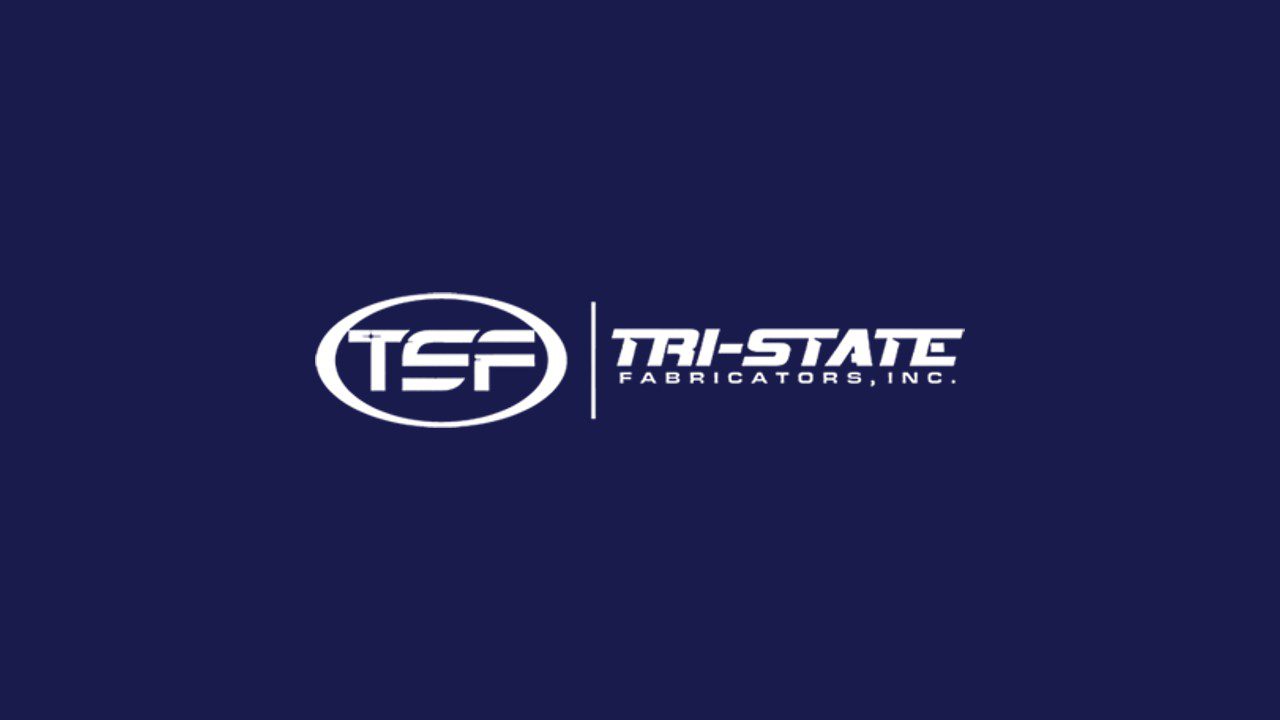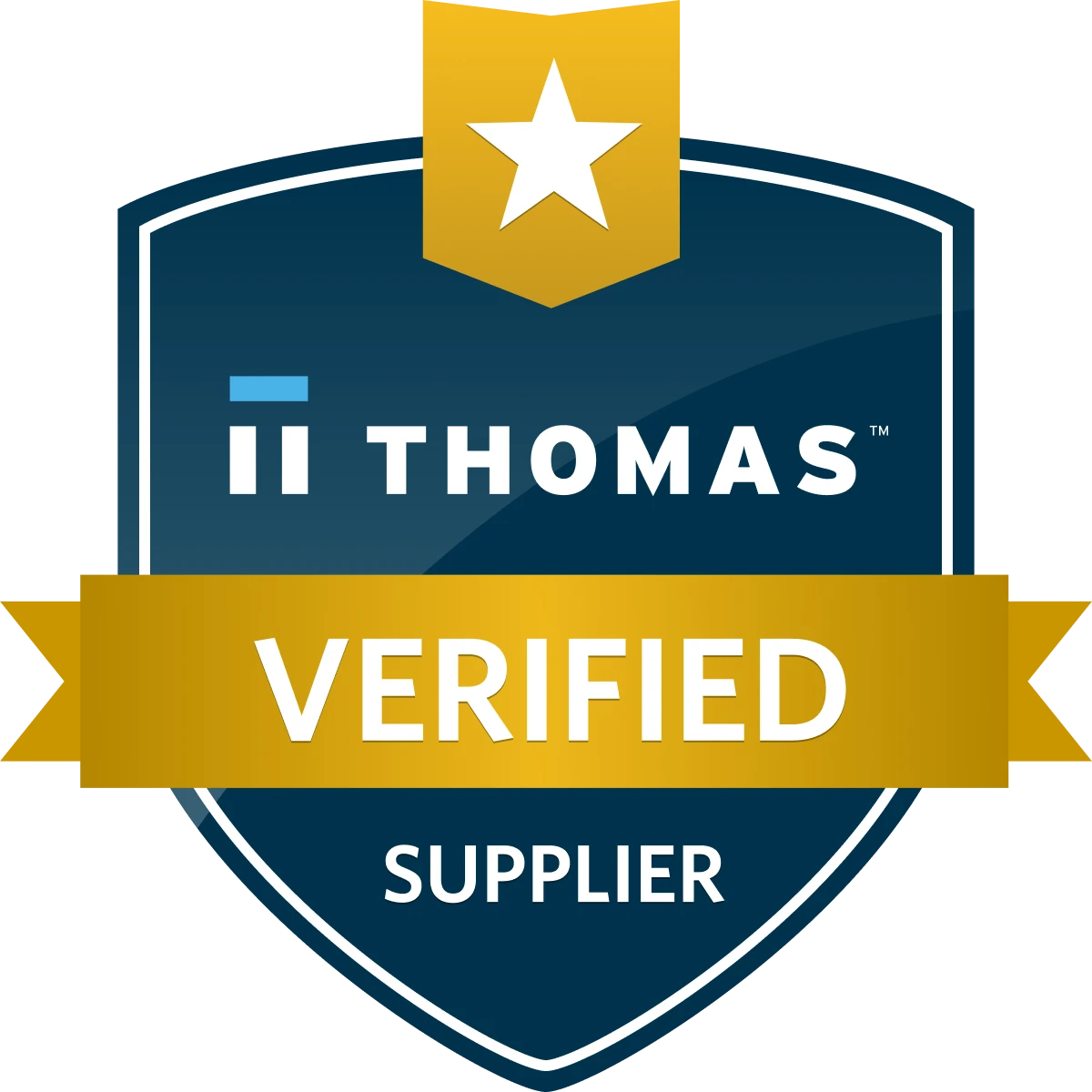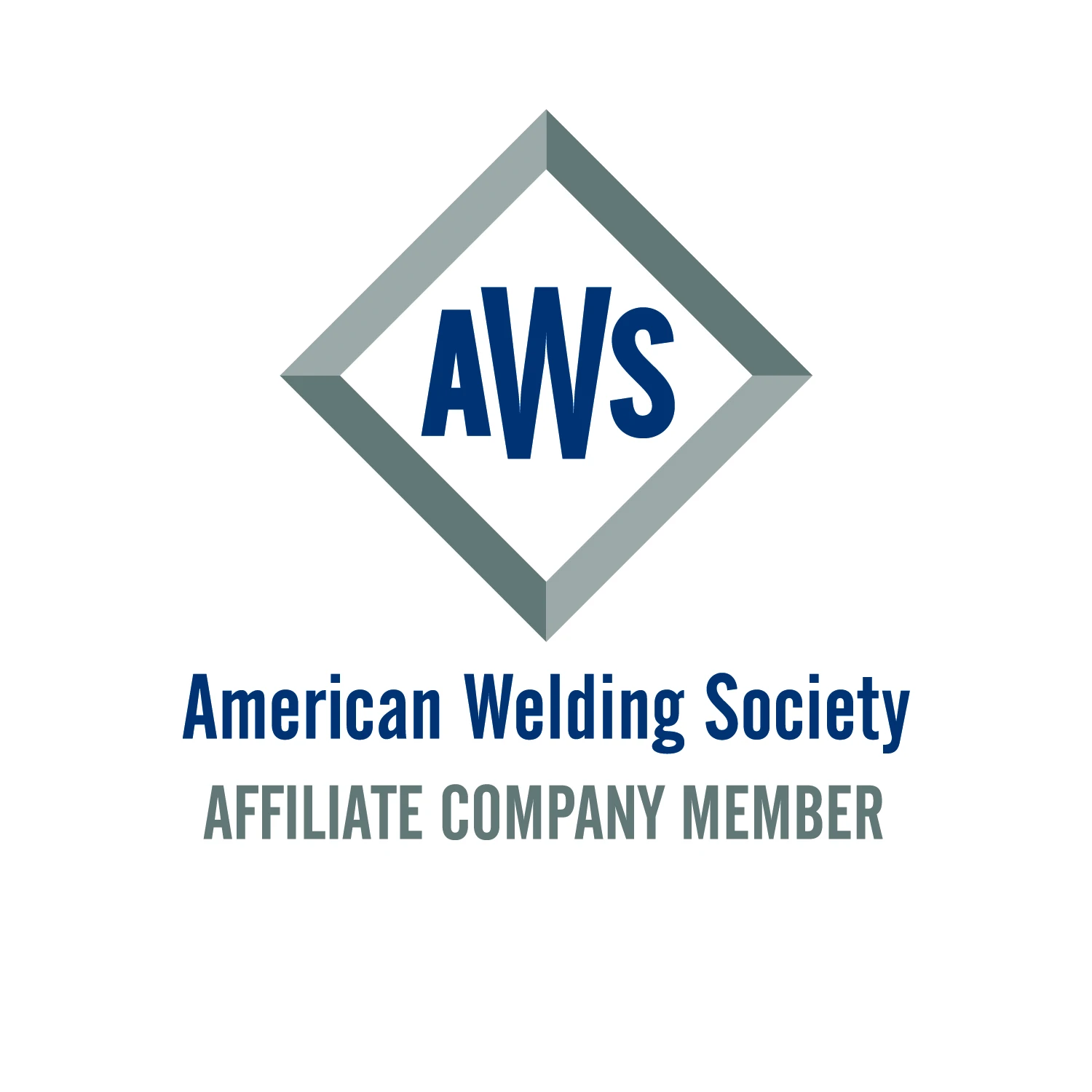Hastelloy X is a nickel alloy that is categorized as weldable, yet tends to crack during additive manufacturing. In addition to nickel, the material also contains chromium, molybdenum and iron, and it has been theorized that the specific concentrations of each metal may have something to do with its tendency to crack. The additive manufacturing industry has been focusing on formulating a crack-free version of Hastelloy X, and in a new paper entitled “Fabrication of Crack-Free Nickel-Based Superalloy Considered Non-Weldable During Laser Powder Bed Fusion,” a group of researchers successfully processed the alloy via additive manufacturing without cracking. Furthermore they did this without having to change the material itself.
The Hastelloy X powder was obtained from LPW Technology and processed using a Renishaw AM400.
Cross-sections of samples were prepared for microstructure evaluation using traditional metallography techniques, and the samples were evaluated using electroetching, a light optical microscope, and scanning electron microscopes. Heat treatment was carried out for one hour followed by water quenching.
The testing showed that the material maintained a crack-free microstructure.
Hastelloy X is a desirable material for a number of reasons. It possesses a high resistance to oxidation as well as high-temperature strength. While it may be prone to cracking during additive manufacturing, it is a remarkably resistant to stress-corrosion cracking when used in petrochemical applications. It also exhibits good ductility after prolonged exposure to high temperatures.
Because of its high heat and oxidation resistance, Hastelloy X is frequently used in industrial furnace applications, as well as in gas turbine engines. Its value as a material means that it is well worth the time and work involved to develop it for additive manufacturing, particularly as additive manufacturing becomes more and more important to the aerospace industry. Curiously, materials that have shown themselves to be crack-free during welding can still form cracks during additive manufacturing, so specific formulations of these materials must be developed for additive manufacturing. This particular paper shows that crack-free Hastelloy X can be successfully additively manufactured, which is promising for many applications in the future.
Read more: Crack-Free Hastelloy X Developed for Additive Manufacturing






